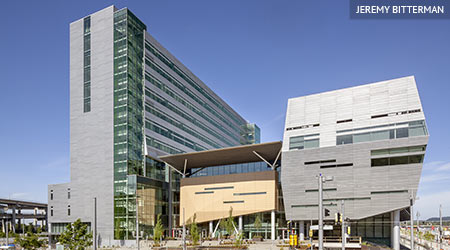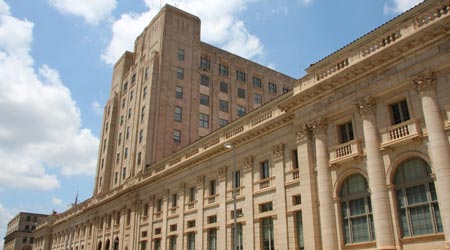
What Is The Optimal Life Cycle For A BAS?
May 20, 2016
Historically, facility managers and decision-makers postpone updating their building automation systems for many reasons. They believe it will be expensive. Or they don’t believe the upgrade will offer significant value. Bringing the BAS up-to-date will provide enhanced business continuity, safety, security and stability.
A typical optimal life cycle for BAS is between seven and ten years. After seven years, BAS become very difficult to support and with proprietary based control networks, can be made to be functionally obsolete by being incompatible with the next generation product line(s).
The degree of BAS replacement at year seven needs be defined by the professional conducting the life cycle cost analysis. This issue is dependent on whether the existing system is based on an open control network standard or is a vendor proprietary control network. A worst case scenario would be for the proprietary control network requiring complete replacement (100 percent) and a best case scenario would be no system replacement with the open standards based control network (because of existing system compatibility with the next generation BAS components).
This quick read is from Raed Salem, director of MEP Engineering, Larson & Darby Group. Read more from him about BAS.
Next
Read next on FacilitiesNet












